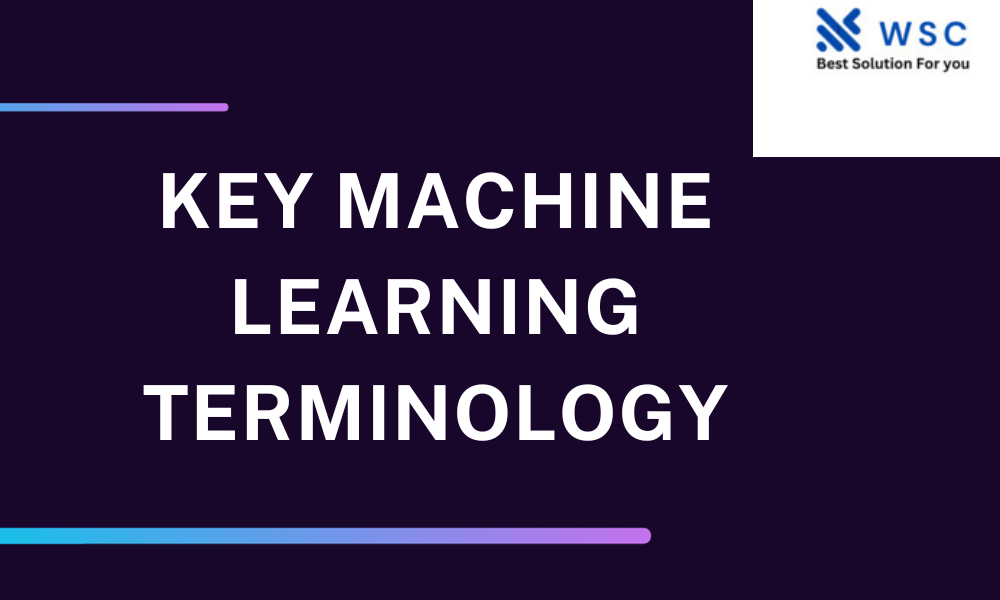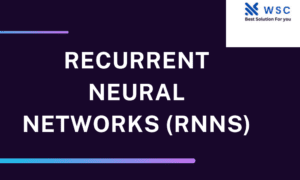Machine learning, with its ever-expanding applications, has developed a rich lexicon of terms and concepts that are essential to grasp for anyone venturing into this field. In this comprehensive guide, we’ll demystify some of the key machine learning terminology you need to know.
1. Data Preprocessing: The Foundation of Machine Learning
Data preprocessing involves cleaning and transforming raw data into a format that’s suitable for machine learning algorithms. This step includes handling missing values, encoding categorical data, and scaling features. Proper data preprocessing is crucial for model accuracy.
2. Feature Engineering: Crafting Insights from Data
Feature engineering is the process of creating new features from existing data to improve model performance. It requires domain knowledge and creativity to extract meaningful information. Techniques like one-hot encoding and dimensionality reduction fall under this category.
3. Supervised Learning: Learning from Labeled Data
Supervised learning is a type of machine learning where the algorithm learns from labeled training data to make predictions or decisions. Common algorithms in this category include linear regression for regression tasks and decision trees for classification tasks.
4. Unsupervised Learning: Discovering Hidden Patterns
Unsupervised learning involves training machine learning models on unlabeled data to find patterns or groupings within the data. Clustering algorithms like K-Means and dimensionality reduction techniques like Principal Component Analysis (PCA) are typical examples.
5. Deep Learning: Neural Networks Revolution
Deep learning is a subset of machine learning that focuses on neural networks with multiple layers (deep neural networks). It has fueled advancements in computer vision, natural language processing, and speech recognition. Popular deep learning frameworks include TensorFlow and PyTorch.
6. Overfitting vs. Underfitting: Finding the Right Model Complexity
Overfitting occurs when a model is too complex and fits the training data perfectly but performs poorly on new data. Underfitting happens when a model is too simple to capture the underlying patterns. Balancing model complexity is crucial for good generalization.
7. Hyperparameters: Tuning for Optimal Performance
Hyperparameters are parameters that are not learned by the model but set prior to training. They affect the learning process and model performance. Techniques like grid search and random search help find the best hyperparameters for your model.
8. Evaluation Metrics: Measuring Model Performance
Choosing the right evaluation metrics is vital for assessing how well your model performs. Common metrics include accuracy, precision, recall, F1-score for classification, and Mean Absolute Error (MAE), Mean Squared Error (MSE) for regression.
9. Cross-Validation: Robust Model Assessment
Cross-validation is a technique used to assess a model’s performance by splitting the data into multiple subsets for training and testing. It helps ensure that the model generalizes well to unseen data and reduces the risk of overfitting.
10. Model Deployment: Taking Models to the Real World
Once a machine learning model is trained and evaluated, it’s time for deployment. This involves integrating the model into a production environment, making predictions on new data, and monitoring its performance.
Conclusion
mastering these key machine learning terminology is a crucial step toward becoming proficient in the field of machine learning. These concepts provide the foundation for understanding and applying various machine learning algorithms and techniques to real-world problems. Whether you’re a novice or an experienced practitioner, a solid grasp of these terms will empower you to navigate the exciting world of machine learning with confidence.
Check our tools website Word count
Check our tools website check More tutorial




